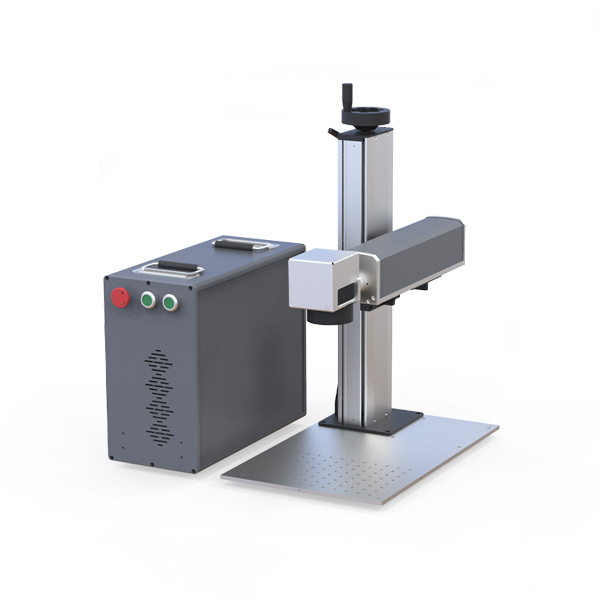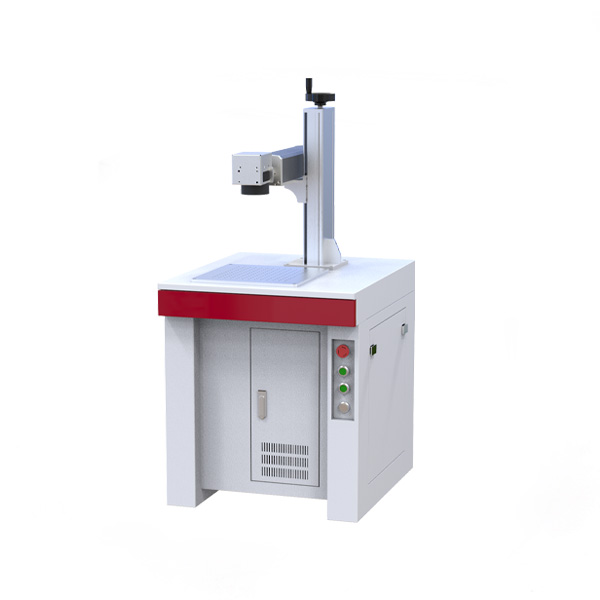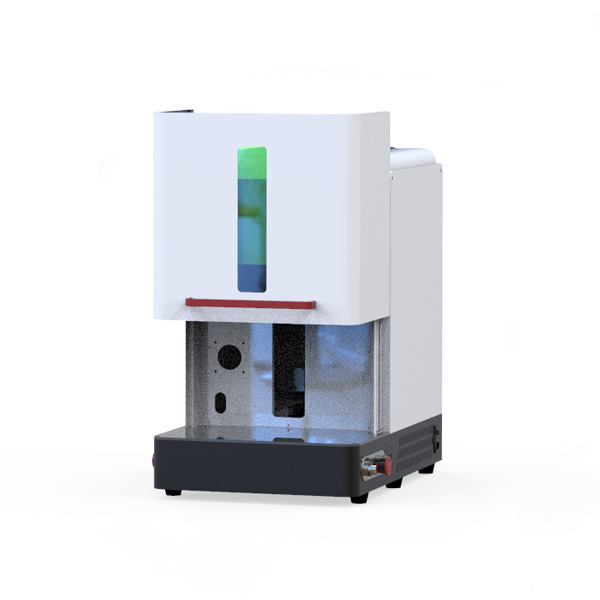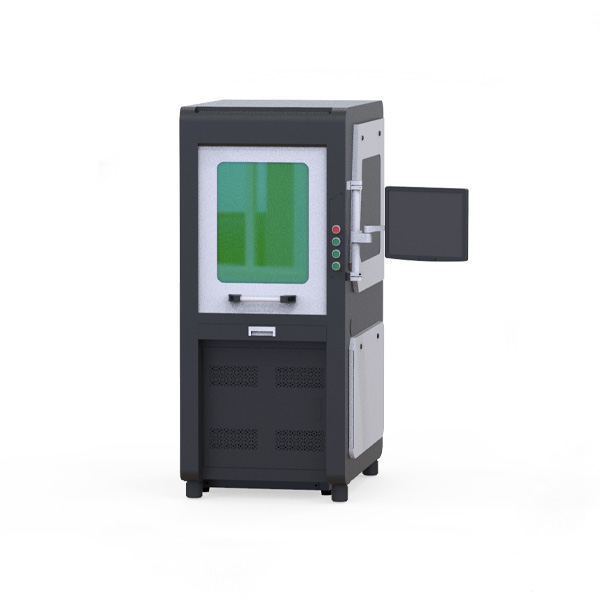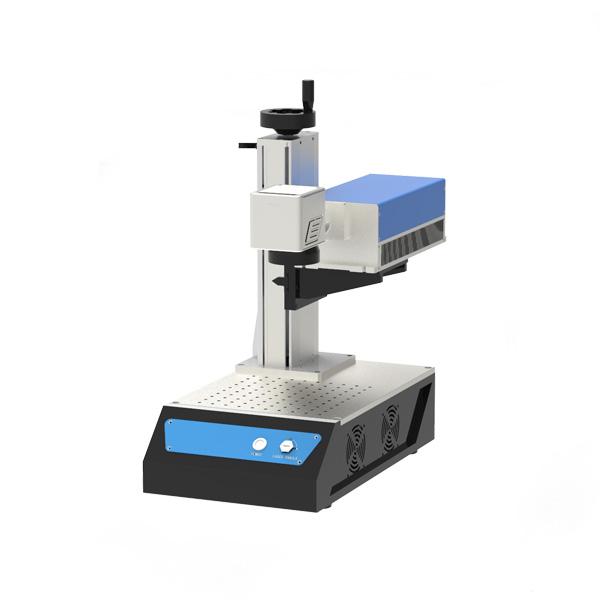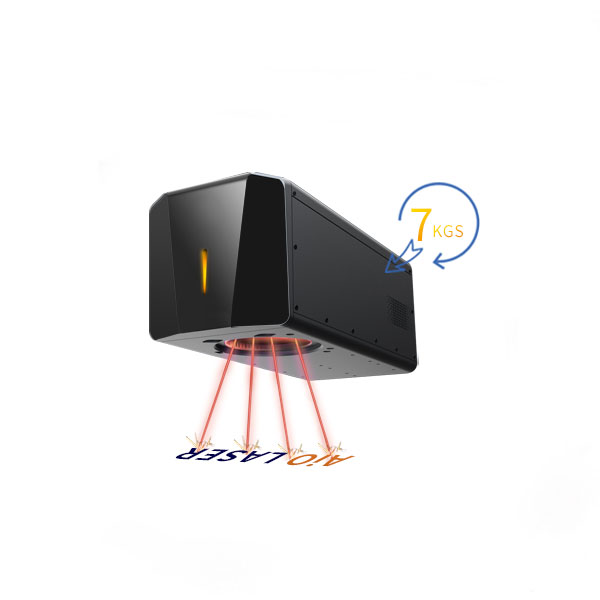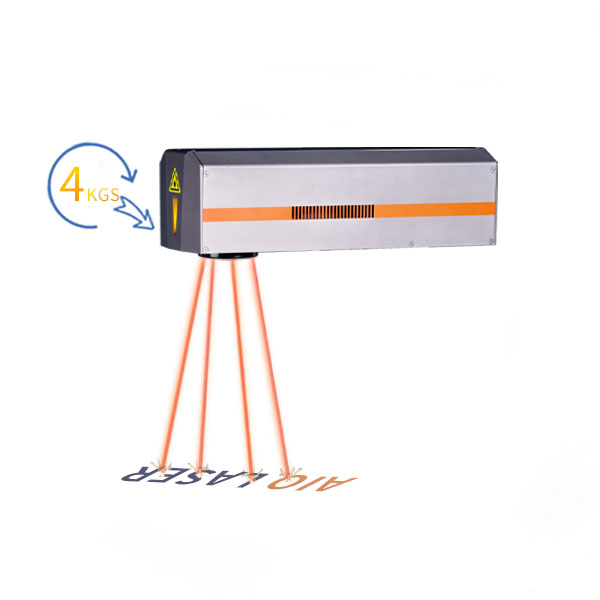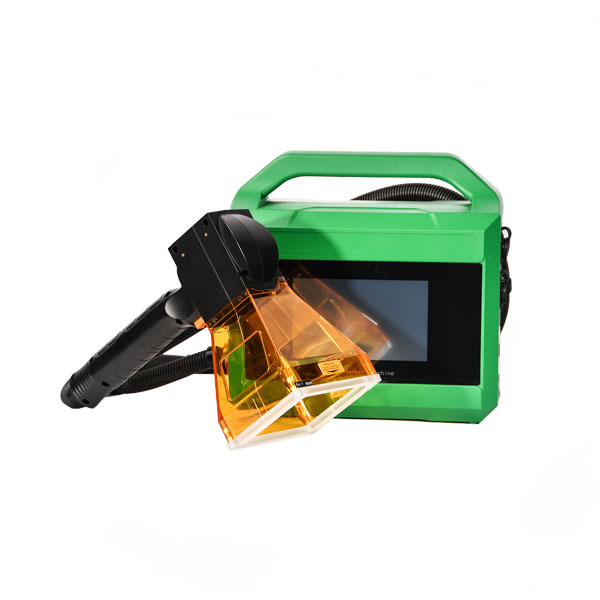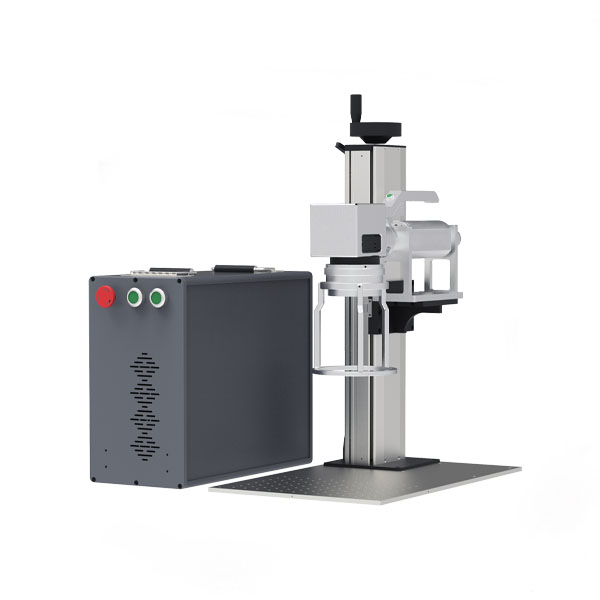Laser marking machines are used to permanently mark text, logos, barcodes or 2D codes on parts in all industries. Common types of marking include oxidizing, annealing, engraving, etching, discoloration and machining.

Laser Marking Machine
Laser Marking Machine
Laser marking machines use high-energy light to mark the surface of a part. Laser markers vary by wavelength of light, with different wavelengths optimized for marking and processing different materials. Laser marking machines have permanent markings and are compatible with a wide range of materials. The marks made by these machines are very reliable as they are difficult to be damaged by conditions and substances such as oil, steam, emulsions and high temperatures.
Advantages of laser engraving machines
Permanent marking
Marks left by inkjet and pad printing systems are temporary and may rub off or fade. Laser marking does not abrade or contaminate the product being marked.
Zero consumables
Because laser markers use light to directly mark products, there is no need to purchase consumables, clean print heads or perform other routine maintenance tasks required by traditional ink and label marking methods. This also helps to reduce associated maintenance costs.
3-Axis Marking
Typical systems can only mark in 2 dimensions (X and Y.) The JCZ Laser Marker features 3-axis beam control, making it possible to mark over larger areas, compensate for part variations, and correct for mounting limitations without having to make any physical equipment adjustments.
Resistant to Shot Peening Impact
For industries that use shot peening to strengthen parts, laser markers can be the solution to ensure that markings are shot peening resistant. Laser marking machines use engraving to create 2D codes that do not completely lose their luster due to shot peening.
List of materials compatible with laser marking systems:
Wood
Plastic
Glass
Ceramic
Rubber
Different types of marking machines
Fiber laser marking machine (1064 nm wavelength)
Fiber laser markers are the latest development in laser marking systems, using low-maintenance solid-state laser sources. They have an efficient cooling system. Therefore, they are very popular among existing laser marking systems. In addition, they do not require material consumption; these fiber laser markers are ideal for marking metals such as stainless steel, aluminum and some plastics.
CO2 laser markers (wavelength 1.06 µm)
CO2 laser markers use a mixture of excited carbon dioxide gas and are ideal for a wide range of industries looking for high efficiency and excellent laser beam quality.CO2 laser marking tools are suitable for marking non-metallic materials and most plastics. In addition, they can mark a variety of different man-made and natural substances.
Below is a list of materials that are compatible with CO2 laser marking systems:
Wood
Acrylic fiber
Glass
Paper
Textiles
Rubber
Plastic
Foil and film
Leather
Stone
UV laser markers (0.355 µm wavelength)
UV laser markers use ultraviolet light to break the bonding bonds on the surface of the material to be marked. This is a cold process that does not produce peripheral heating; hence, UV laser markers are called cold lasers. Because of the cold process, UV lasers do not pose any risk to the strength or thermal integrity of the target material, making them the perfect laser engraver or laser etcher for fine materials such as plastics and thin latex.
UV laser systems can work at very high speeds and are used to mark semiconductors and plastics (e.g. PVC, ABS, polypropylene), metals, paper and ceramic chips.

